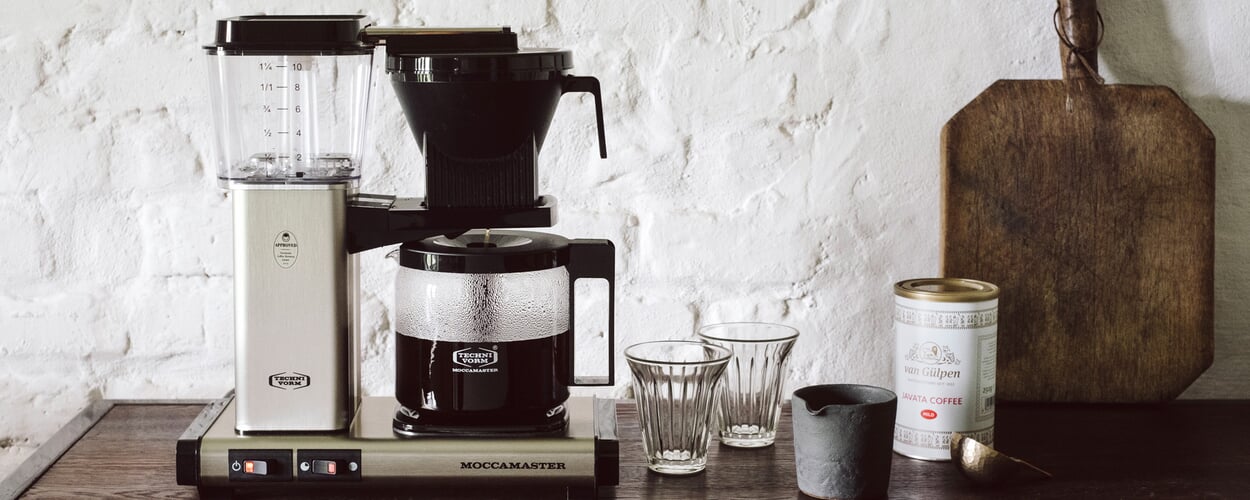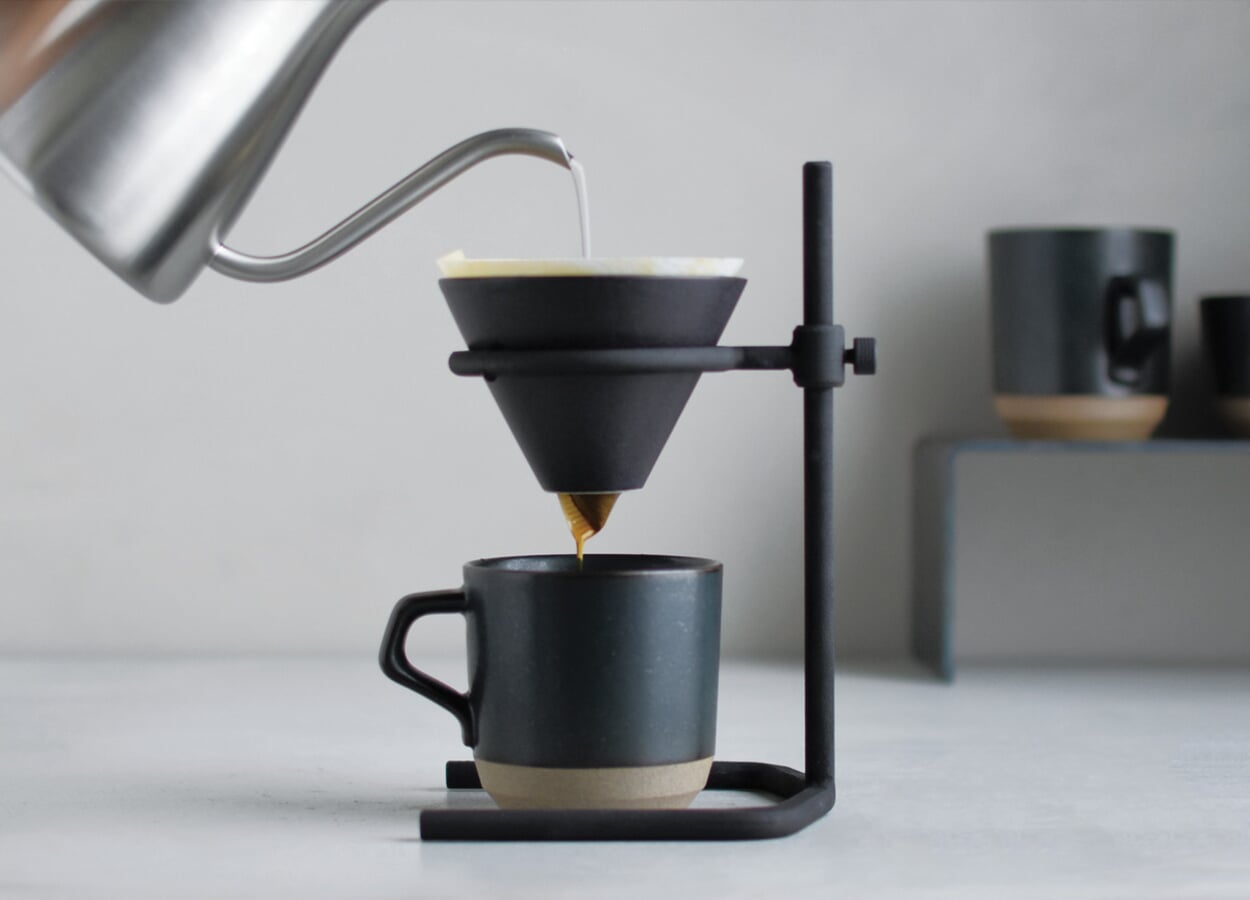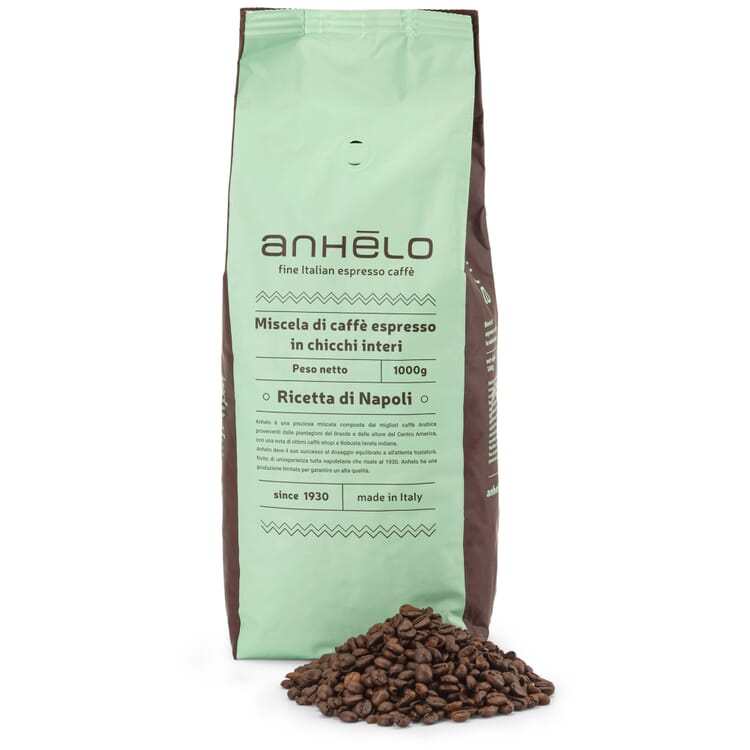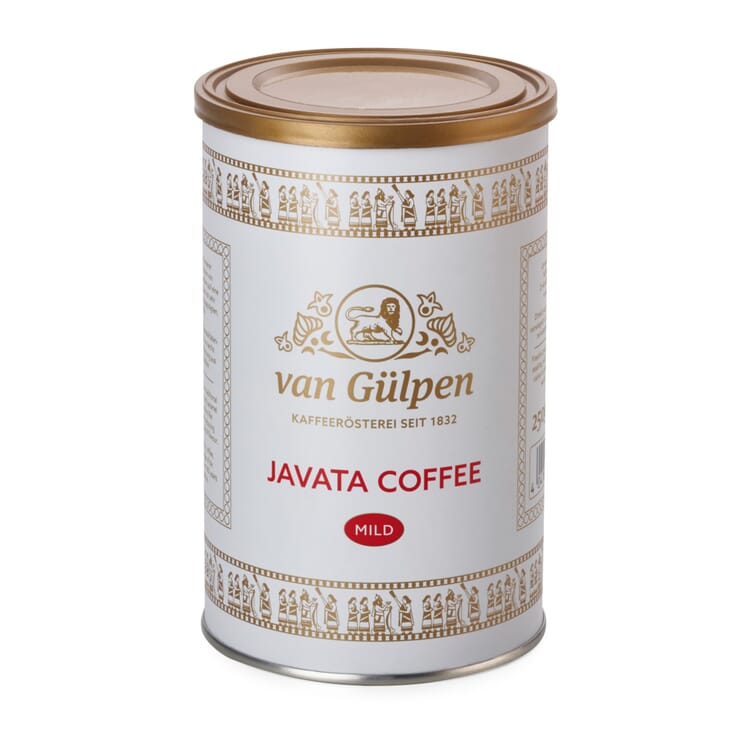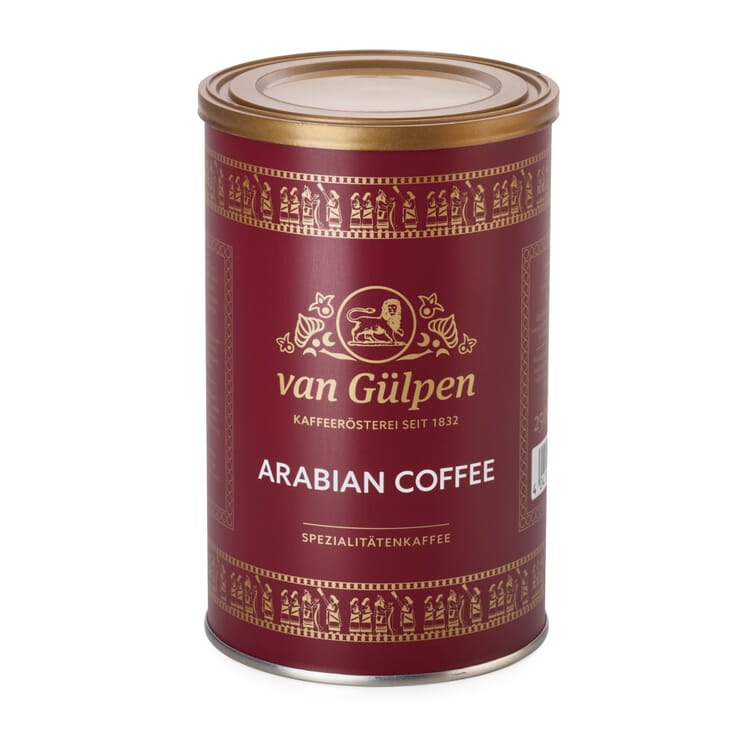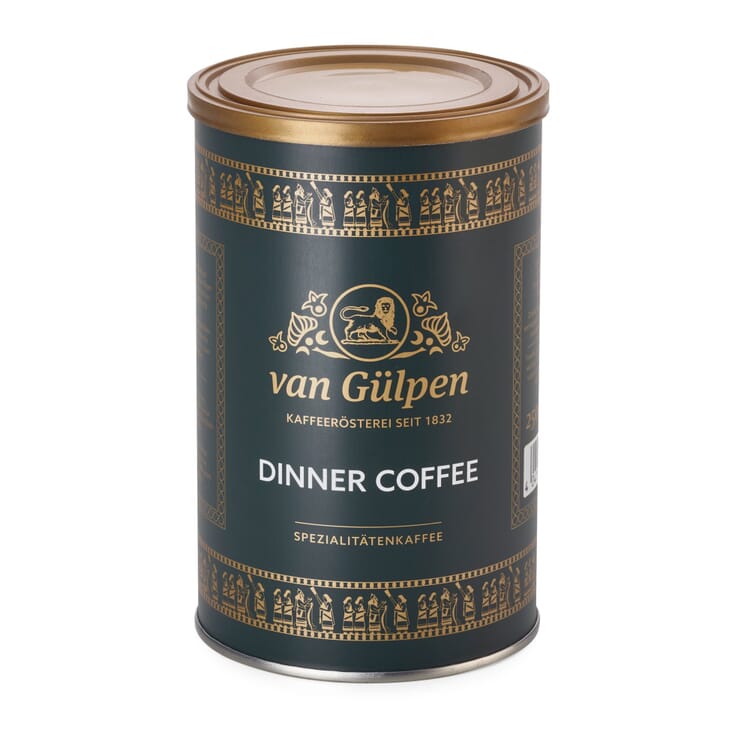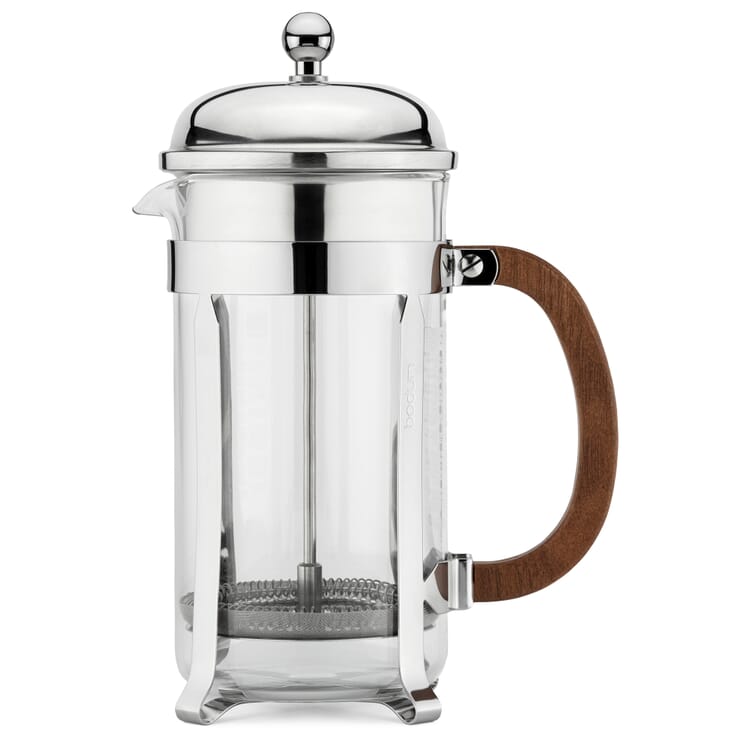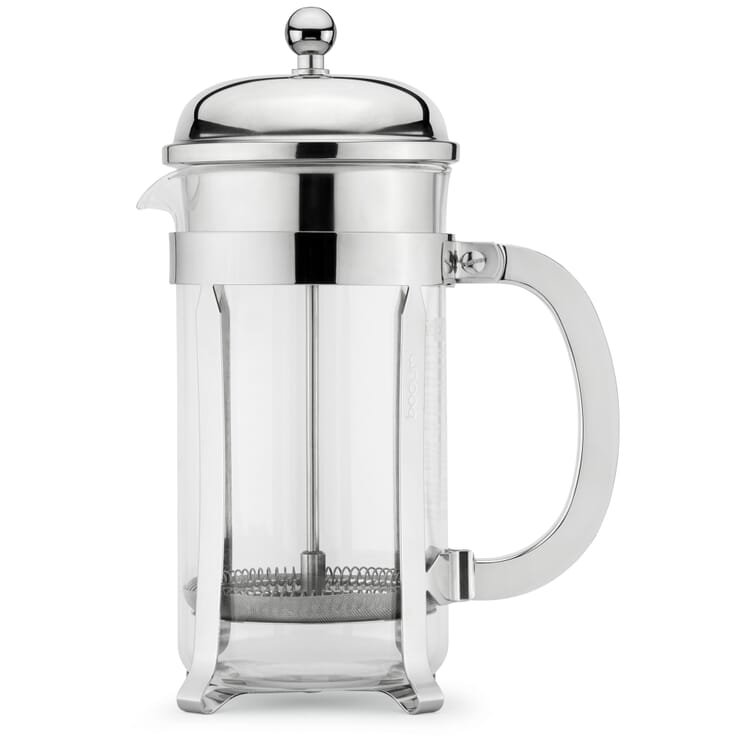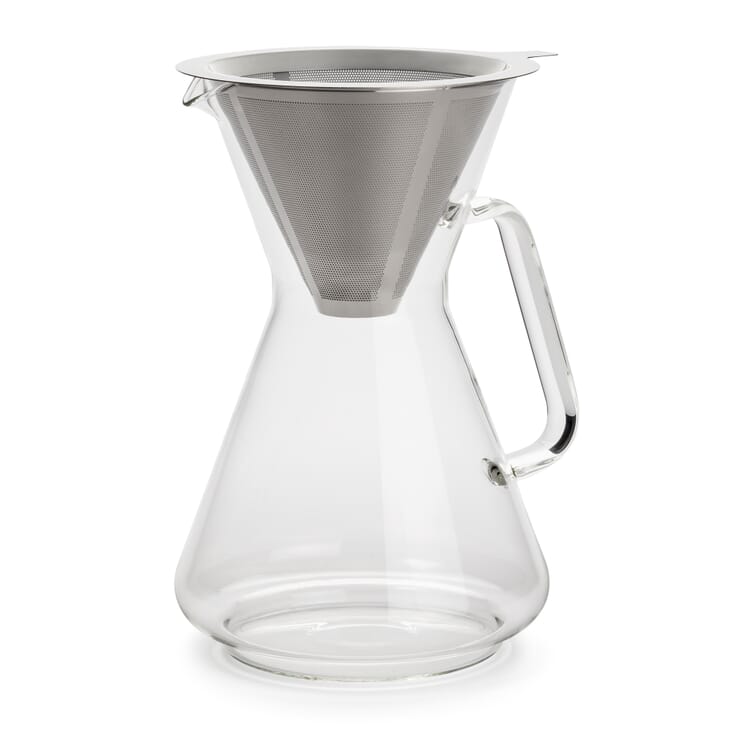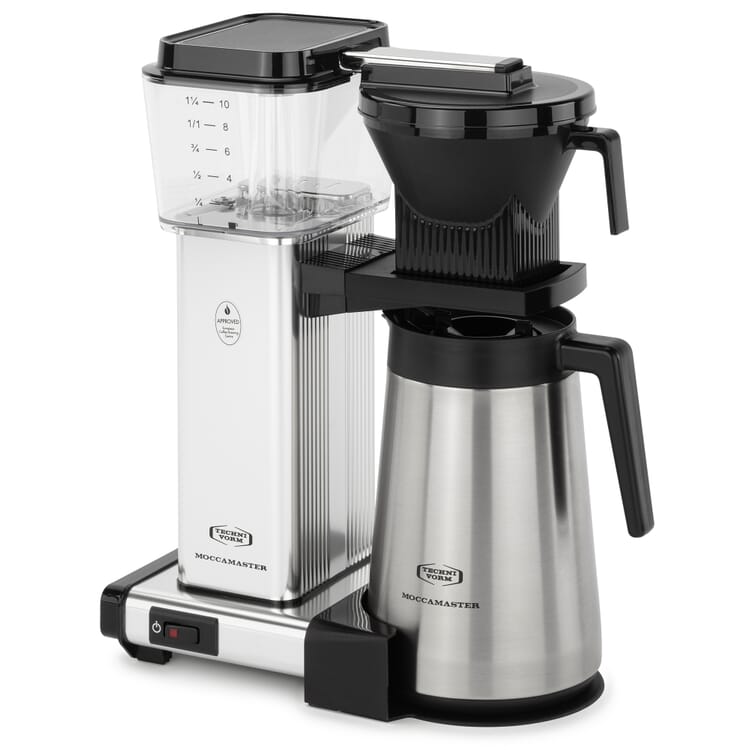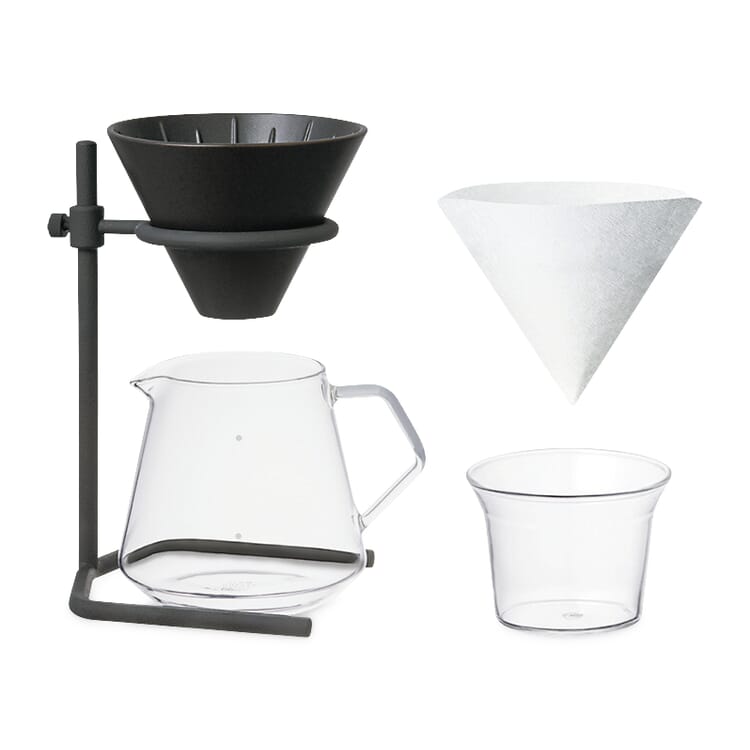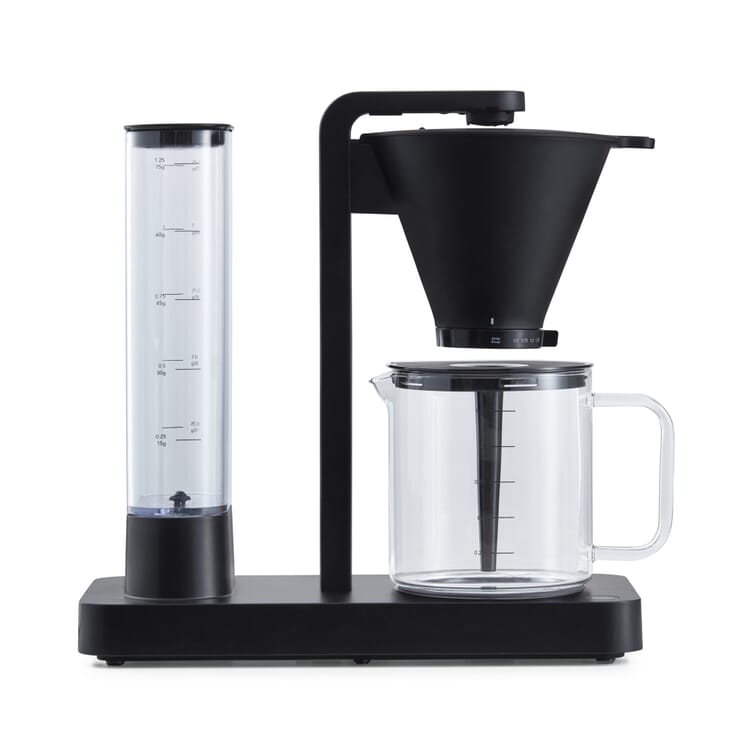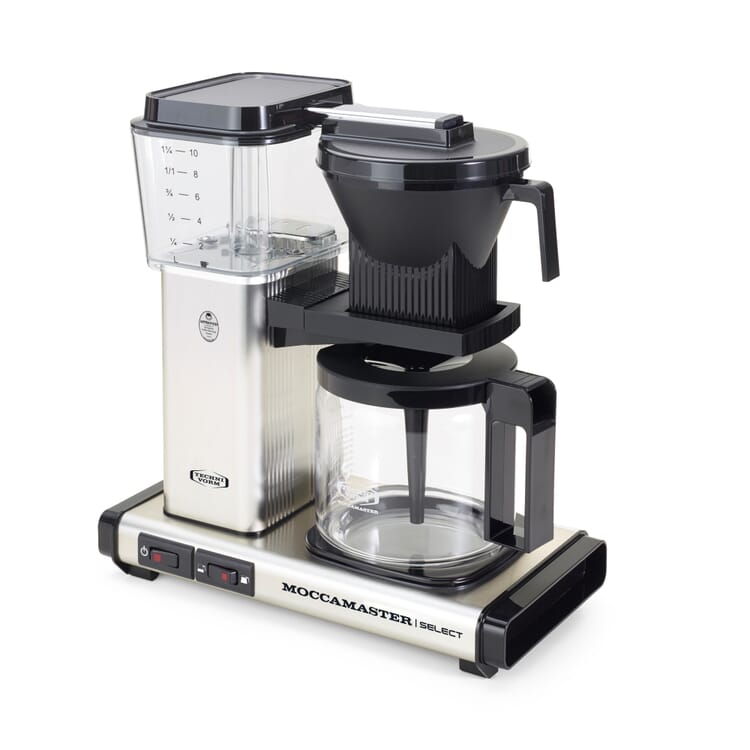Helpful tips
The choice of coffee maker. A question of taste
For many, it's the first official act of the day: going to the coffee machine. Even if the head doesn't work properly yet, the handles are in place. Water is poured in, the filter is routinely folded, coffee powder or the amount of beans is measured, and the start button is pressed. And when the aroma of fresh coffee wafts through the kitchen a little later, the first spirits are awakened. Every German drinks almost half a liter of coffee a day. On average, of course. At first glance, that may not seem like much, since it's only two large cups per person. But if you consider that the per capita consumption of water is significantly lower, the scale becomes much straighter.
Against this background, the choice of coffee machine is not just a matter of price, technical or aesthetic dimensions. The fact that the way coffee is prepared or enjoyed can often be seen as an expression of personal lifestyle - and not just since the "third wave of coffee" movement - is basically just one aspect among many. The actual criterion by which a good coffee machine must be measured is the following: How does the coffee it produces taste (to me)? Ultimately, therefore, it remains a question of taste. And anyone who knows the factors that influence the type and quality of the machine on the coffee aroma is well advised when making a purchase.
What is a coffee maker anyway?
The question may seem foolish at first glance, but it makes sense when you consider that for most Germans the term coffee machine is equivalent to filter machine. Of more than 80% of German households that have a coffee-making device, almost 75% have classic filter coffee machines, which replicate (more or less well) the principle of brewing by hand. In fact, the term coffee machine is not strictly defined. As a rule, it is understood to mean all electrically operated variants of coffee preparation, including fully automatic coffee machines as well as semi-automatic devices ranging from the familiar filter machine to portafilter machines for espresso preparation to pad or capsule machines. Partially, however, manual devices for the production of coffee such as the Karlovy Vary pot are subsumed under it - which is accordingly also known as Karlovy Vary coffee machine.
At Manufactum, we therefore distinguish between coffee makers, whose operating principles we will present to you below, manual coffee makers, and espresso machines.
Brewed. Coffee preparation in the filter coffee maker
In a classic filter coffee machine, the water is heated electrically, rises upwards driven by the water bubbles in an internal tube with a one-way valve, and from there gradually drips - driven by gravity - through the filter filled with coffee powder into the pot.
Qualitative differences between individual models can be seen primarily in the details:
- The faster the coffee machine heats the water, the less flavor-binding oxygen is lost.
- The target temperature of the machine also determines the aroma of the finished coffee. **Ideally, this is between 92 and 96 °C. At higher temperatures, the aromatic substances evaporate too quickly and the coffee becomes bitter, while lower values result in sour coffee. It is important that the coffee powder is evenly soaked, to ensure uniform extraction. In many cheap coffee machines, the water only drips onto the center of the powder, creating a crater-like bulge over time. The edge areas are hardly reached and many flavors are lost. The greater the surface area of water and powder that come together, the better
- Last but not least, the duration of extraction also influences the taste result. Temperature and flow rate must therefore be optimally matched.
If you want to enjoy such perfectly brewed coffee with its full aroma, you should enjoy it immediately after preparation. The longer it is kept warm, the more the aroma dissipates and the coffee becomes bitter. And this is exactly what you wanted to avoid by buying a high-quality coffee maker, after all.
Under pressure? - Between espresso and coffee machine
A rather rare phenomenon in German kitchens - unjustly, we think - are pressure brewing systems that combine features of a coffee maker with those of an espresso machine. The principle of operation is not dissimilar to that of an Italian stovetop pot:
- The water is filled into an electrically heated tank underneath the pot and heated to a high temperature within a very short time.
- The resulting pressure in the boiler forces the water first into lateral risers and then from above through the lid into the coffee pot, where a round filter containing the ground coffee is placed
- Brewing times of less than a minute (and thus a short contact time of coffee powder and water) keep the bitter substances in the filter. The result is a strong, almost mocha-like coffee.
Get a taste
The type of coffee preparation you choose ultimately depends solely on your personal taste preferences. At Manufactum, we merely ensure that the most outstanding models of each machine type are pre-selected for you from the masses on offer. However, even an excellent coffee machine only works as well as the person who operates it. Even if (mainly) automatic devices take many steps out of the coffee consumer's hands, there are still a number of factors that influence the coffee aroma, such as the type and degree of roasting of the coffee, the degree of grinding of the powder, and the quality of the water, that you have to keep in mind yourself in order to perfect your coffee enjoyment.

